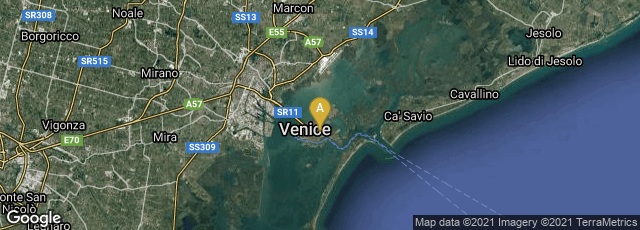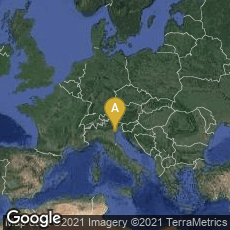

On August 19, 2013 The Portolan, the journal of the Washington Map Society, published in its issue 87 an article by Stefaan Missinne describing "A New Discovered Early Sixteenth-Century Globe Engraved on an Ostrich Egg. The Earliest Surviving Globe Showing the New World."
"The previously-unknown globe, which is about the size of a grapefruit, was made from the lower halves of two ostrich eggs, and dates from the very early 1500s. Until now, it was thought that the oldest globe to show the New World was the 'Lenox Globe' at the New York Public Library, but the author presents evidence that this Renaissance ostrich egg globe was actually used to cast the copper Lenox globe, putting its date c. 1504. The globe reflects the knowledge gleaned by Christopher Columbus and other very early European explorers including Amerigo Vespucci after whom America was named. The author points to Florence Italy as where the globe was made, and offers evidence that the engraver was influenced by or worked in the workshop of Leonardo da Vinci.
"Tom Sander, Editor of The Portolan, who has personally inspected the globe, noted that 'This is a major discovery, and we are pleased to be the vehicle for its announcement. We undertook a very extensive peer review process to vet the article, which itself was based on more than a year of scientific and documentary research.' The author, S. Missinne, PhD. is an independent Belgian research scholar who has published on the subject of ancient globes made from different materials such as ivory. He said, 'When I heard of this globe, I was initially skeptical about its date, origin, geography and provenance, but I had to find out for myself. After all no one had known of it, and discoveries of this type are extremely rare. I was excited to look into it further, and the more I did so, and the more research that we did, the clearer it became that we had a major find.' The globe was purchased in 2012 at the London Map Fair from a dealer who said it had been in an 'important European collection' for many decades. The current owner made it available to the author for his research, which included scientific testing of the globe itself, computer tomography testing, and carbon dating, assessment of the ink used to color its engraved surface, and close geographical, cartographic, and historical analysis. More than 100 leading scholars and experts were consulted worldwide and are cited in the article’s acknowledgements, and gratitude was expressed to the New York Public Library for its helpful assistance.
"The globe contains ships of different types, monsters, intertwining waves, a shipwrecked sailor, and 71 place names, and one sentence , “HIC SVNT DRACONES” (Here are the Dragons). Only 7 of the names are in the Western Hemisphere. No names are shown for North America, which is represented as a group of scattered islands; three names are shown in South America (Mundus Novus or “New World”, Terra de Brazil, and Terra Sanctae Crucis, or”Land of the Holy Cross”). For many countries and territories in the world, (e.g. Japan, Brazil, Arabia) this is the oldest known engraved depiction on a globe. A full list of place names on the globe is included in the article, along with several illustrations."